
Spotted at Sophia Point
Camera Trap Videos
Camera Trap Images
![Black Curassow (Crax alector) [Local name: Powis]](https://images.squarespace-cdn.com/content/v1/5e7337be5d82f4609cd2464c/ed3aaf68-c30c-4be8-947a-4b70609b1da4/Dec22_Currassow_1.JPG)
Black Curassow (Crax alector) [Local name: Powis]
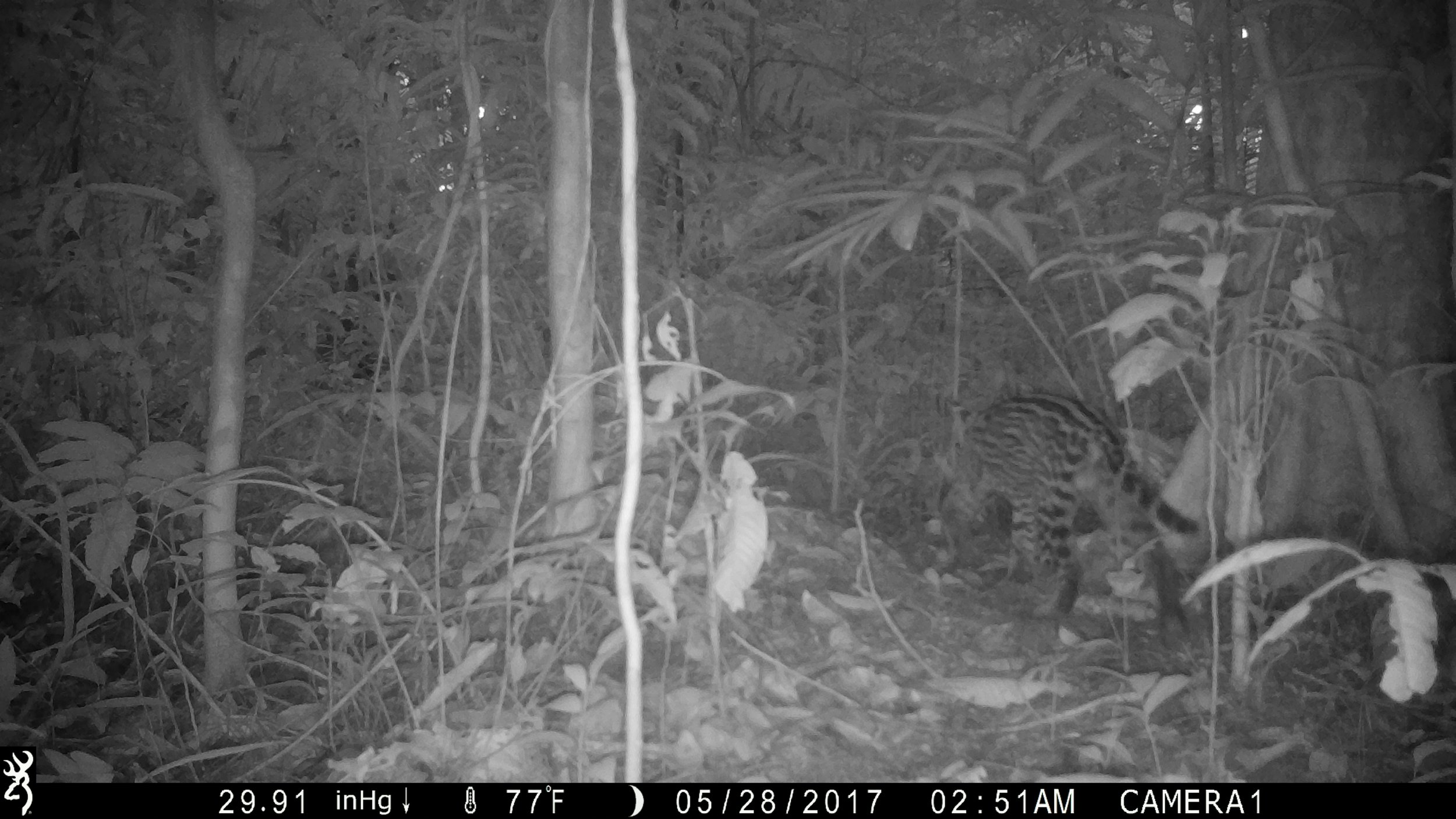
Margay (Leopardus wiedii)

Puma (Puma concolor concolor)
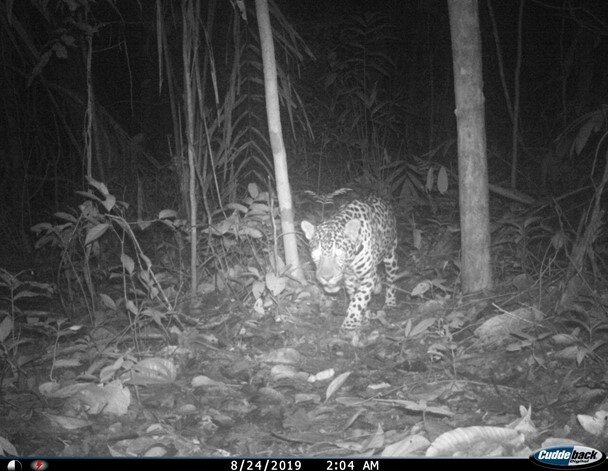
Jaguar (Panthera onca)
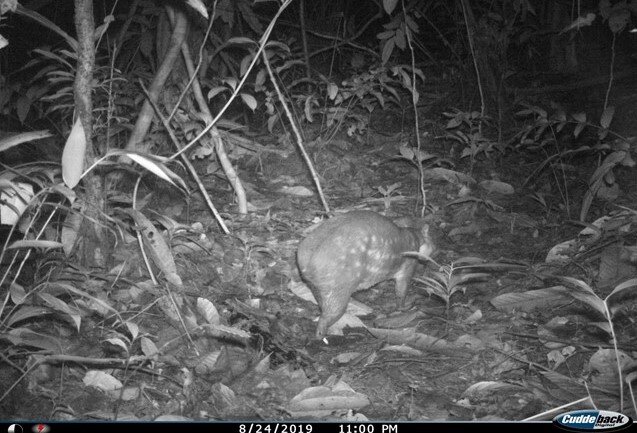
Labba (Cuniculus paca)
![Tapir (Tapirus terrestris) [Local name: Bush Cow]](https://images.squarespace-cdn.com/content/v1/5e7337be5d82f4609cd2464c/8267978d-8e69-449b-be33-02a3706af5f2/Tapir_Crop.jpg)
Tapir (Tapirus terrestris) [Local name: Bush Cow]

Puma (Puma concolor concolor)
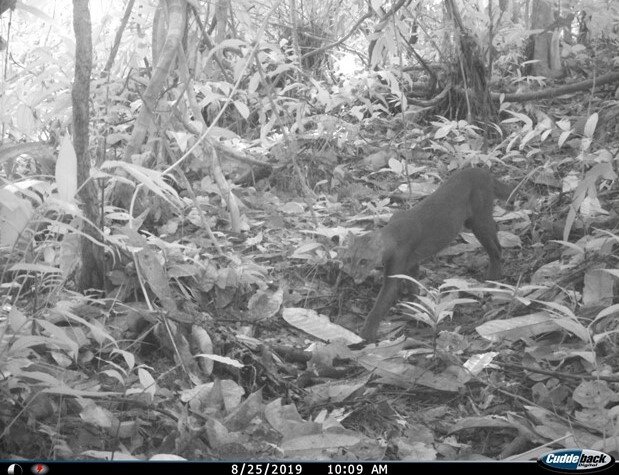
Jaguarundi (Puma yagouaroundi)
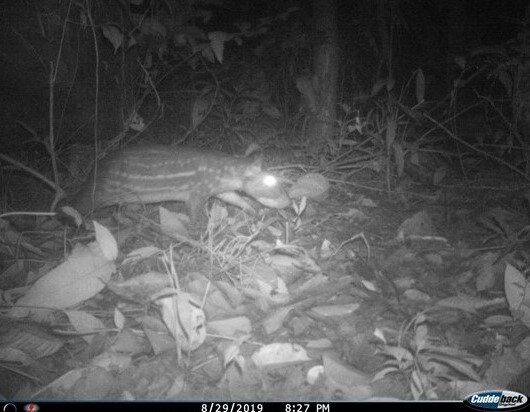
Labba (Cuniculus paca)

Anteater (Tamandua tetradactyla)

Puma (Puma concolor concolor)
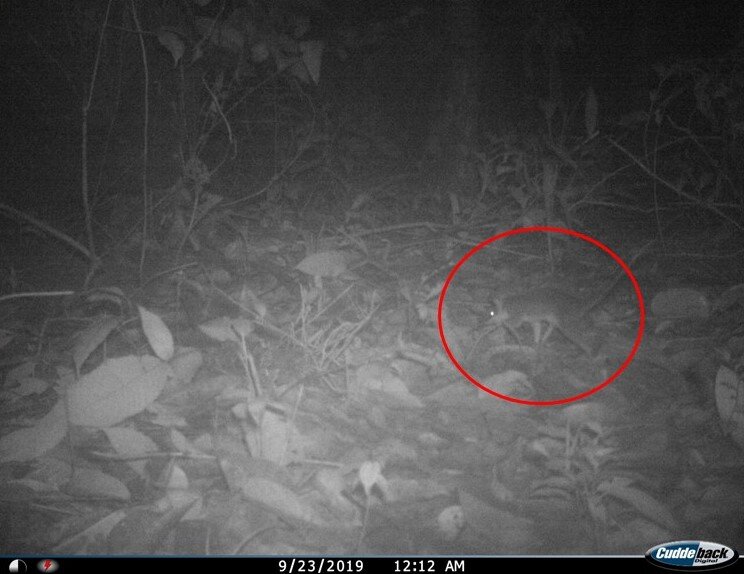
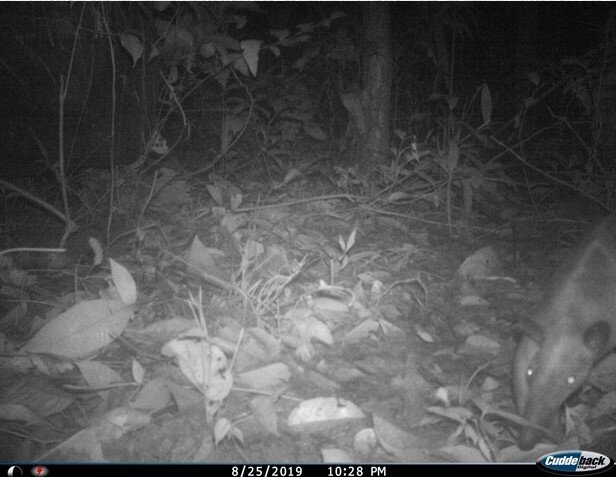
Anteater (Tamandua tetradactyla)

Jaguar (Panthera onca)
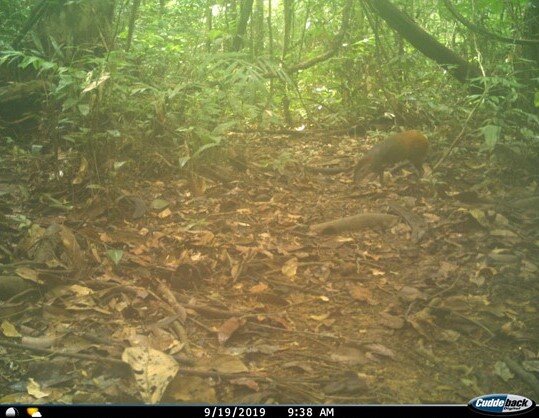
Red-rumped agouti (Dasyprocta leporina)
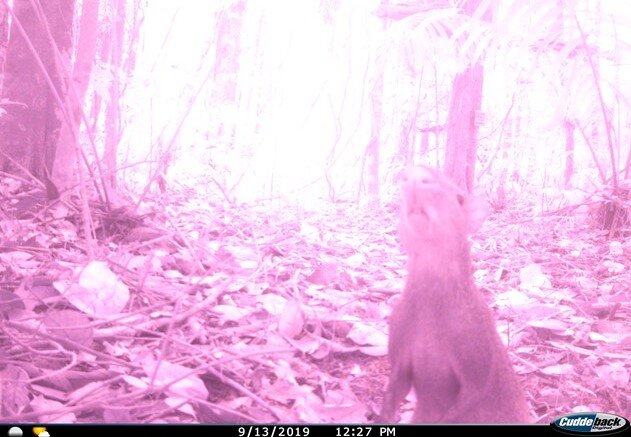
Red rumped agouti (Dasyprocta leporina)
![Puma (Puma concolor concolor) [Local name: Tiger]](https://images.squarespace-cdn.com/content/v1/5e7337be5d82f4609cd2464c/1613399706789-4P663GTJIS0KSSEXG58S/Puma_Crop_3.jpg)
Puma (Puma concolor concolor) [Local name: Tiger]

Ocelot (Leopardus pardalis)
![Tapir (Tapirus terrestris) [local name: Bush Cow]](https://images.squarespace-cdn.com/content/v1/5e7337be5d82f4609cd2464c/6b42c5f9-b7e1-4486-b212-95df5f605770/Tapir_Sept22.JPG)
Tapir (Tapirus terrestris) [local name: Bush Cow]
